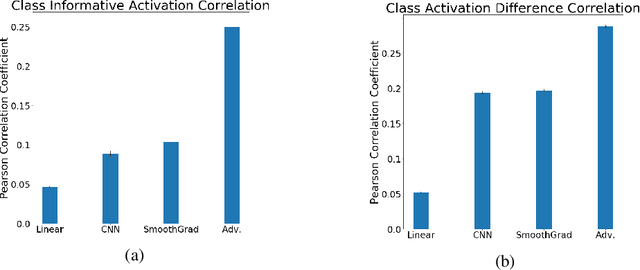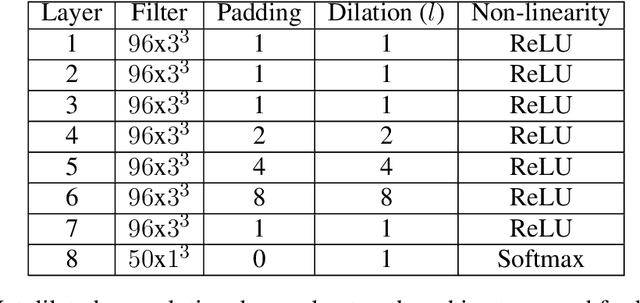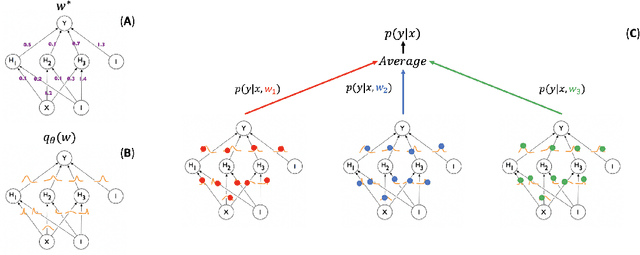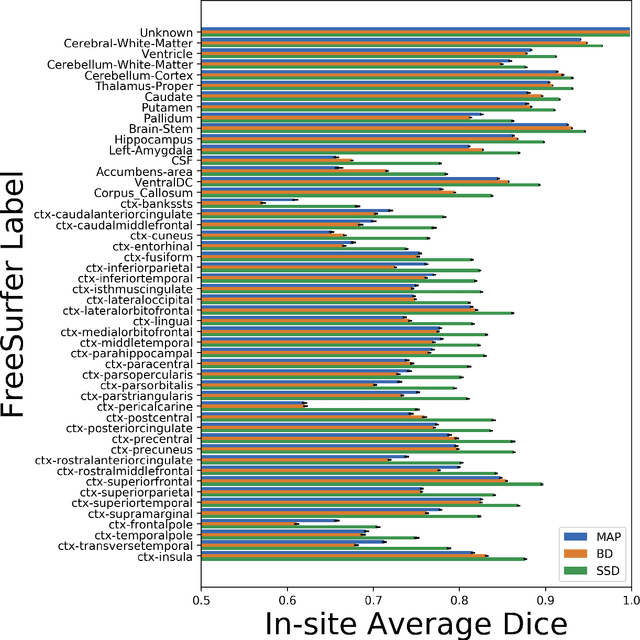Adam Thomas
Evaluating Adversarial Robustness for Deep Neural Network Interpretability using fMRI Decoding
Apr 23, 2020



Abstract:While deep neural networks (DNNs) are being increasingly used to make predictions from high-dimensional, complex data, they are widely seen as uninterpretable "black boxes", since it can be difficult to discover what input information is used to make predictions. This ability is particularly important for applications in cognitive neuroscience and neuroinformatics. A saliency map is a common approach for producing interpretable visualizations of the relative importance of input features for a prediction. However, many methods for creating these maps fail due to focusing too much on the input or being extremely sensitive to small input noise. It is also challenging to quantitatively evaluate how well saliency maps correspond to the truly relevant input information. In this paper, we develop two quantitative evaluation procedures for saliency methods, using the fact that the Human Connectome Project (HCP) dataset contains functional magnetic resonance imaging(fMRI) data from multiple tasks per subject to create ground truth saliency maps.We then introduce an adversarial training method that makes DNNs robust to small input noise, and use these evaluations to demonstrate that it greatly improves interpretability.
Knowing what you know in brain segmentation using deep neural networks
Dec 18, 2018



Abstract:In this paper, we describe a deep neural network trained to predict FreeSurfer segmentations of structural MRI volumes, in seconds rather than hours. The network was trained and evaluated on an extremely large dataset (n = 11,148), obtained by combining data from more than a hundred sites. We also show that the prediction uncertainty of the network at each voxel is a good indicator of whether the network has made an error. The resulting uncertainty volume can be used in conjunction with the predicted segmentation to improve downstream uses, such as calculation of measures derived from segmentation regions of interest or the building of prediction models. Finally, we demonstrate that the average prediction uncertainty across voxels in the brain is an excellent indicator of manual quality control ratings, outperforming the best available automated solutions.
 Add to Chrome
Add to Chrome Add to Firefox
Add to Firefox Add to Edge
Add to Edge